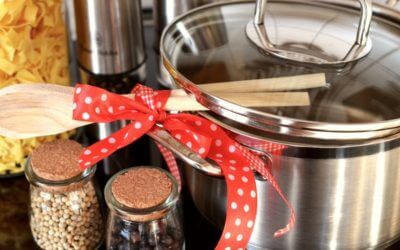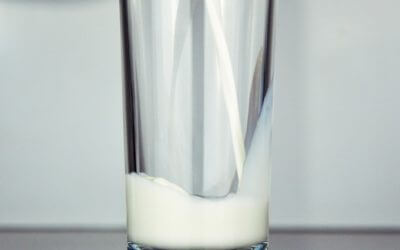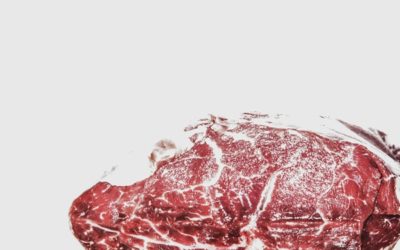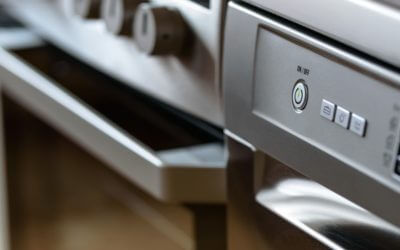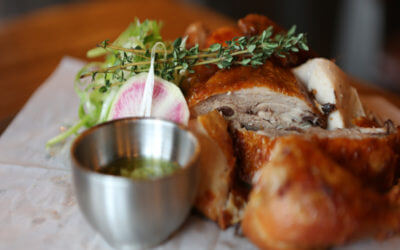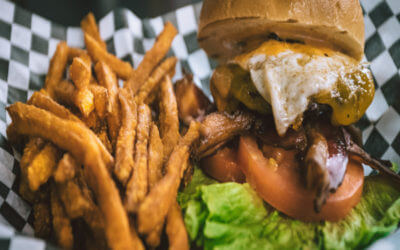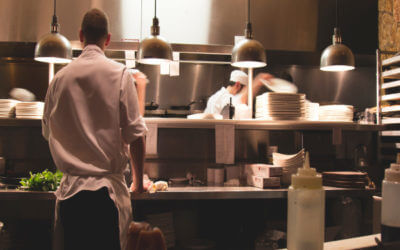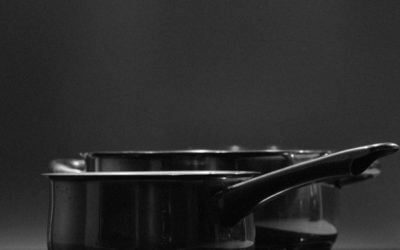Guide to Buying the Perfect Knives
June 1, 2017Knives are arguably one of the most important tools in any kitchen.
Your chefs are the heartbeat of your restaurant and they deserve quality knives that ease the task of cooking great food. When buying the perfect knives for your chefs, keep in mind that the most commonly used knives are made either in Japan or Germany. These countries produce the best sets of knives. Buying the perfect knives made in these countries will save you the stress and cost of replacement. In choosing the workhorse of the kitchen, consider the following tips.
-
- Check for strength. Buying the perfect knives mean never buying a fragile one for your chef, or you will be spending double soon when you need to replace it. The blade runs through the handle; most knives get ruined due to the detaching of the handle from the blade. Look out for any risk of separation between the blade and the handle, as that will be the end of the knife. Finally, ensure the knife is not welded together at any point, as that’s where it will break in the long run.
- Find a knife with a comfortable handle. We’re talking about the most-used item in the kitchen. Almost every ingredient will face a knife. This is the reasons why it’s so important buying the perfect knives for your kitchen. If the handle is rough, long-term usage will take its toll on your cooks’ palms. A good knife should be comfortable to grip. When it comes to handling, a knife must feel natural in your grip.
- Choose durable materials when buying the perfect knives for your kitchen. If the handle is made of wood, check its durability. Is it one that will split into pieces when dropped? The material of the blade will also determine the knife’s durability. A knife made of hard steel stays sharpened for a long time, whereas soft steel needs to be sharpened frequently. That being said, hard steel is harder to sharpen. Make your choice with the advice of a specialist.
- Look for balance when buying the perfect knives. A chef’s knife should not be heavier on one side than the other. An unbalanced knife makes usage tedious and stressful. It’s easy to check if a knife is balanced; carefully place it on your hand. A well-balanced knife will stay balanced on your hand and not fall in any direction.
- Consider the weight and size. This is where you need to ask your chef what they prefer. While some prefer a knife to be light, some love the heavy feel. If you have many people working in your kitchen, consider buying the perfect knives that are both light and heavy so each cook can choose what he or she is most comfortable with.
When it comes to size, keep in mind that smaller knives are quick to maneuver but fail at cutting larger items. When buying the perfect knives for your kitchen, you should purchase a variety of smaller and larger knives to suit the needs of your kitchen.
What’s in a Cooking Pot, How to Choose the Right One?
As a restaurant owner, your cooking needs might vary. Did you know that a good quality pot can greatly improve your cooking experience, while also improving the quality of your cooking? This cooking equipment is a very important one that cannot be done away with...
5 Things Every Restaurant Owner Should Do Before Buying Used Kitchen Equipment
Equipping your restaurant properly can cost a lot of money, so buying used kitchen equipment is the go-to choice for many restaurateurs. Buying used kitchen equipment for a restaurant is a bit different than buying used equipment for your home, however. You will...
Top Restaurant Technology Trends in 2018
When looking to buy restaurant supplies, you want to be on the leading edge of technology trends. This will keep your kitchen running smoothly. Let’s take a look at some of the most recent trends in restaurant supplies technology. 1. New Payment Options Who would...
5 Different Ice Shapes and Why You Should Care About Them
Ice makers are very popular in the restaurant and foodservice community because they eliminate the need to buy ice every day. And of course, adding an ice maker to your collection of foodservice equipment means you will always have ice on hand when you need it. An...
Pulping and Grinding: A Starter’s Guide to Reducing Commercial Food Waste Costs
For most restaurant owners and managers, the expenses involved in making meals are always under careful consideration. Water is needed to prepare, cook and wash food; power is necessary for food prep, cooking and cooling, and so on. However, how many of us consider...
Choosing the Right Milk Cooler: Cold Wall or Forced Air?
In a restaurant, milk is an essential to have on hand for coffee and other café-style beverages, for serving with kids’ meals, and as a key ingredient in many recipes. Keeping your milk properly chilled can be difficult without the proper restaurant equipment....
How to Choose Your Next Commercial Meat Smoker
The movies that connect with us on a personal level are the ones that linger in our memories forever. Anyone who has used a commercial meat smoker knows that they have a huge influence on the taste of a meal. You need to have just the right kitchen equipment to get a...
Are High Speed Ovens Too Good to be True?
You might have heard a few of the bold claims that foodservice equipment manufacturers have been making about high speed ovens, but they can’t be possible, right? Cooking three times as faster as regular ovens? Five times as fast? Fifteen times as fast? It may seem...
Choosing the Right Food Storage Containers for Your Restaurant
Choosing the right kitchen supplies will make a difference in your restaurant. Whether it is heavy duty kitchen equipment or food storage containers, each piece of equipment plays its own important role. Today, we are going to talk about how to choose the right food...
Tipton’s Guide to Perfect Poultry Trussing
Do you ever truss birds in your commercial kitchen? Trussing is a fantastic cooking technique because it makes poultry cook faster, look more attractive and taste better. If your commercial kitchen prepares poultry, you don’t want to miss these trussing tips. Trussing...
How to Eliminate Excess Condensation in Your Kitchen
Is your commercial kitchen getting steamy? If so, you could have more than just an uncomfortable working environment on your hands. Excess moisture in your commercial kitchen can result in the corrosion of equipment, the development of mold, and even damage to your...
The DIY Guide to Your Restaurant’s Own Garden
Stocking your restaurant supply with your own home-grown herbs and produce can truly bring your dishes to life. When it comes to food, everyone knows there’s nothing like homemade and home-grown. Having your own culinary garden, however large or small, can help you...
5 Reasons a Meat Grinder Will Set Your Burgers Apart
The more you do to prepare your foods in-house with the right kitchen equipment, the fresher and more flavorful your dishes become. There are all sorts of restaurants offering fast-food style burgers, but some diners are looking for the real deal. A fresh, juicy...
Pest Preventions to Implement in Your Commercial Kitchen
Restaurant pests: it’s something that few people want to think about. Like it or not, pest management is an essential consideration for every commercial kitchen. Offering food, shelter and water, the unprepared commercial kitchen naturally provides everything pests...
Choosing the Right Material for Your Cooking Equipment
Kitchens are very unique to their chef. Just like a car mechanic has a toolbox unique to them, so is the cooking equipment in a kitchen. And over time, the same cooking equipment become a natural extension of the chef. What tools are you using in your kitchen? It...

